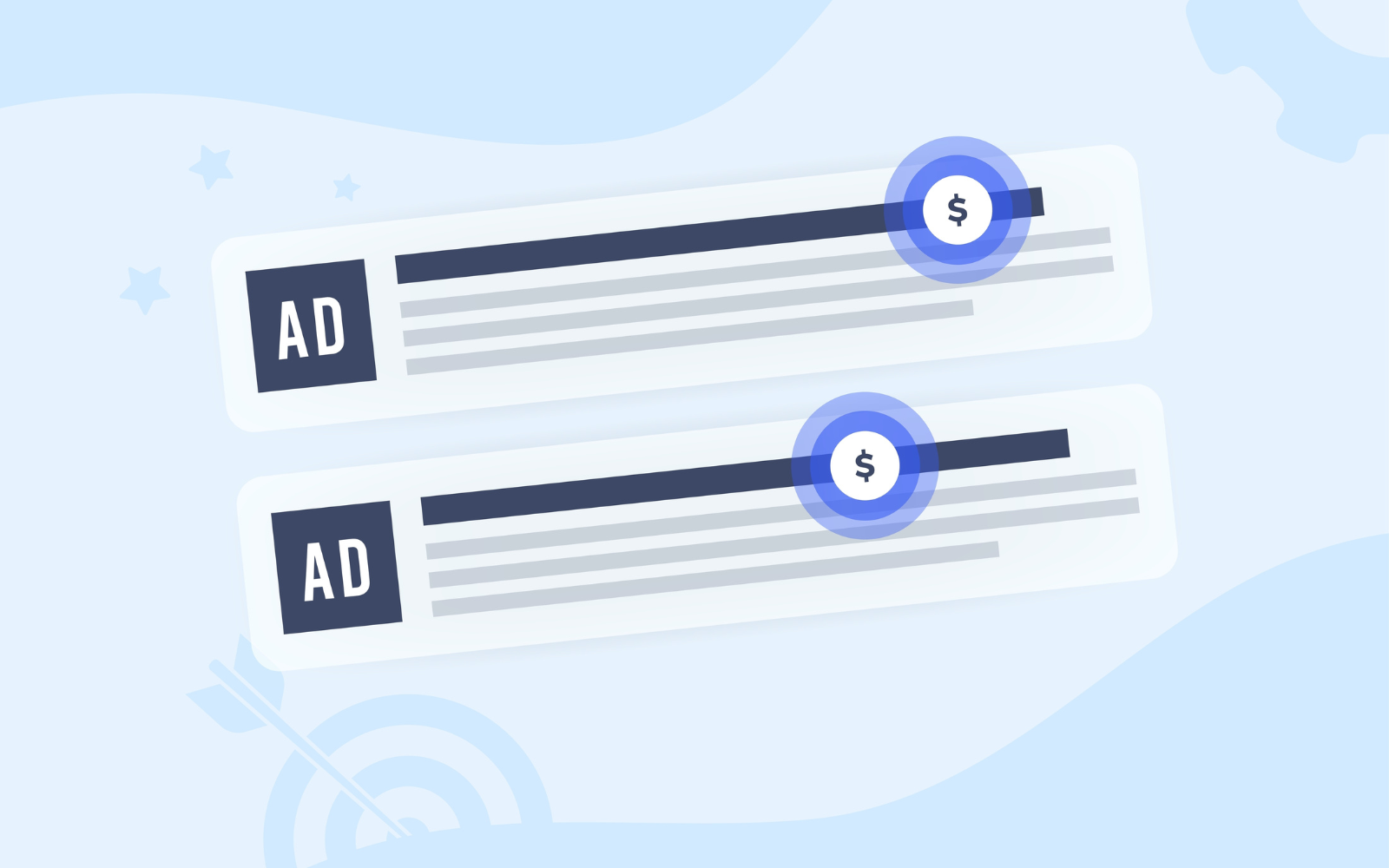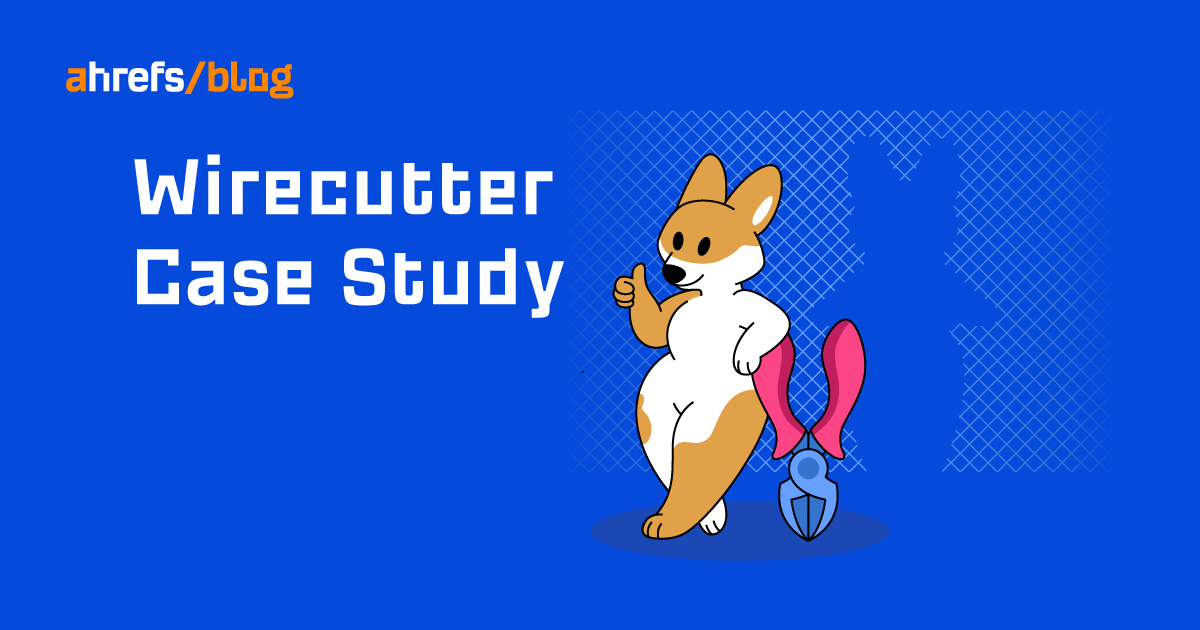Key Levers To Steer AI in Performance Max And Boost Results via @sejournal, @adsliaison
Here’s how to take full advantage of new and existing features, reporting and insights in Performance Max - and what you may be overlooking. The post Key Levers To Steer AI in Performance Max And Boost Results appeared first...

I often see comments to the effect of, “Google just wants you to launch your campaigns and let its systems do everything.”
Let me just say as clearly as I can: no, that’s not what Google wants.
As always, the marketer’s role is evolving, but that role is as important as ever. This also applies to managing successful Performance Max campaigns.
The set up of Performance Max is where you can really position your campaign for success. But that doesn’t mean it’s entirely “set it and forget it.”
You know your or your client’s business better than Google. The inputs you provide, the tests you run, the creative you build, the analysis you perform to continue refining and iterating – those skills are critical to success and standing out from your competitors.
And understanding how the systems work and how to inform them is a big part of what will set you apart as the use of AI in marketing continues to evolve.
Consider Each Of These Levers In Your Performance Max Campaigns
Let’s dive into the features currently available in Performance Max to help you guide the AI and maximize your results.
Bidding Goals And Targets
Performance Max automatically adjusts formats and inventory based on the goals you provide and focuses on auctions that have a high probability of driving results toward your stated campaign goal(s).
That’s why it’s so important to define your goals based on the key performance indicators (KPIs) you want to drive with Performance Max, whether you’re looking to maximize conversions and have a cost per action (CPA) target or want to maximize conversion value and have a return on ad spend (ROAS) target.
If you have goals such as sales revenue, lifetime value, or profit margins, optimizing toward conversion value allows you to tie your bidding strategy more closely to those real business outcomes.
I’m not going to dive into marginal ROI in this article, but if you’re not familiar with the concept and are using Performance Max, I recommend bookmarking this page for later.
Conversion Value Rules
With Conversion Value Rules, you can indicate a higher value audience – as well as location and device – at the campaign level. Performance Max will optimize the bid and assemble the asset combination best predicted to convert for each audience member in real time.
New Customer Acquisition
You can either opt to bid higher for new customers/new customer value, or bid only for new customers/new customer value.
Note that there are some requirements, including needing to have an audience list of at least 1,000 active members in at least one network for the system to be able to identify existing customers. Which brings us to…
First-party Data
It’s no secret that having a first-party data strategy is an increasingly key part of adapting to the evolving privacy landscape (some helpful resources here).
First-party data is also an important signal for informing Google AI to find more of those valuable customers and enhance your audience strategy.
There are several ways to use your first-party data in Performance Max, such as audience signals, which are covered here.
Brand Suitability
There are a number of brand suitability controls available for Performance Max, including support for all of your account-level content suitability settings.
You can check out the full list here, but I’ll highlight account-level negative keywords, which launched this year.
Performance Max respects account-level negative keywords which prevent your ads from showing for search terms that aren’t suitable for your brand in Search & Shopping inventory.
(Separately, you can also use “excluded content keywords” to prevent ads from serving on search terms on Display or Video inventory.)
Brand Exclusions
There was a lot of advertiser desire for more control over the brand terms Performance Max can show on. That’s where the new brand exclusions come in.
To prevent Performance Max from serving on specific brand terms (your own, competitor, or partner brands) in Search & Shopping, you can now apply a brand list to your campaign.
Campaign-level brand exclusions will apply to most misspellings and brand searches in a foreign language.
Page Feeds
Performance Max now supports page feeds to help you send Search traffic to a specific set of landing page URLs on your site.
You can add page feeds in Business Data to specify the URLs on your website that you want to use in your campaign.
You can also add custom labels to your page feeds to help target your ads and adjust bids per label. Note that you’ll need to enable automatically created text assets to use page feeds in Performance Max.
Final URL Controls For Automatically Created Assets
Automatically created assets in Performance Max generate headlines and descriptions from your landing page, domain, and existing ads and assets when they’re more relevant to a user’s search query and are predicted to improve performance.
When you enable Final URL expansion in automatically created assets, Google Ads will automatically send traffic to the most relevant URL it identifies as likely to improve performance. If you want to direct traffic to specific URLs only, you can uncheck this box.
You can also opt into Final URL and click the link to “exclude some URLs” in order to narrow the options available for URL expansion.
You can either enter specific URLs or use rules to exclude categories of content on your site. This is a helpful lever to steer your budget away from certain types of content, pages that are outdated, etc. More examples here.
Asset Groups
If you want to customize your messaging/assets by audience, products, or category, you can use multiple asset groups. Performance Max will test different combinations and learn which ones perform best for your target audiences.
You can use asset groups to theme products in your Merchant Center feed with listing groups.
There’s a helpful grid on this page that shows the minimum, maximum, and recommended number of assets to include in our asset groups – along with a bunch of other helpful info about asset groups – in this Help Center article.
And a quick reminder that ad strength is a guidepost, not a metric. Ad strength is an indicator of whether your asset group has enough assets to maximize performance across inventory.
The more diverse assets you provide, the more opportunities there will be to show the right ad to potential customers. A wide variety of creative assets – including different sizes and orientations – is key to resonating with different customer needs and mindsets.
New generative AI features, now in beta in the US, will also make it easier to scale your assets.
To understand how your assets are performing, you can use asset reports and asset group reporting (new this year).
When using asset reports, compare like assets to each other – headlines to headlines and descriptions to descriptions – because they are rated in relation to each other. The Combinations tab will show the top six combinations for text, image, and video assets, ranked by performance.
With asset group reporting, you can better understand the contribution of your asset groups for optimization by evaluating your average CPA or ROAS at the asset group level.
You can also select and save additional metrics in your views from the Columns button.
Location, Language, Ad Scheduling
It’s worth noting these standard settings are also available for Performance Max.
Signals
There are currently two signals you can add to your Performance Max campaigns to help jumpstart the learning to find more conversions or conversion value.
Note that signals in Performance Max are not hard targeting constraints. Instead, they’re a tool to indicate what’s relevant to your business to guide the AI.
Search Themes
Launched this fall, Search themes are a new, optional signal you can use to inform the AI about your business to expand relevant reach across all channels, including Search.
You can add up to 25 search themes per Performance Max asset group.
Search themes respect brand exclusions and account-level negative keywords, and are additive to queries that Performance Max would already match to using your URLs, assets, and more.
You can add and remove search themes at any time.
Use search terms insights on the Insights page to know what search term themes your Performance Max ads are showing on.
Audience Signals
Also optional, Performance Max will use audience signals as a starting point to find customers faster. You can add your own data, including site visitors, customers, etc., or interest and demographics as audience signals.
Again, this is not a hard signal, and Performance Max may also find that certain asset combinations convert audiences outside of the ones indicated in your audience signals.
When available, audience insights on the Insights page will show you which audiences are “signals” you proactively added and which are “optimized” and found by AI. Use audience insights to see top segments to inform your creative assets and landing pages.
Fundamentals That Often Require Partnership
While they aren’t technically “controls” you can enable, your website, landing pages, product feed, conversion tracking set up and more, can have a huge influence on the success of your Performance Max campaigns.
Sure, it’s a cliche to say good advertising can’t fix a bad website, but AI introduces even more reasons to work closely with your developer, UX, CRO – and even finance – teams and colleagues (and an opportunity to expand your own skill set).
Website And Landing Pages
Your website and landing pages are now key sources for generated assets – automatically created assets and the newly launched generative asset creation for Performance Max – so you want to be sure they accurately reflect your brand, offerings, and differentiators.
Merchant Center Feeds
For retailers, your product feed assets are reflected directly in your ads, so having high-quality images, informative and unique product titles and descriptions, and of course, accurate pricing, shipping, and tax data are all critical to success with Performance Max.
If your image assets aren’t where you want them to be, check out Product Studio which just launched in Merchant Center and uses generative AI to create high-impact product imagery.
Lead Gen Quality Improvements
There are ongoing investments in measures to help reduce invalid leads.
In addition, there are some steps we recommend advertisers take to help prevent leads from users who don’t provide accurate information.
These steps include server-side validation, double opt-in, Recaptcha, and using enhanced conversions for leads with qualified and converted conversion categories.
Performance Max Continues To Evolve
As you can see, many levers, insights, and reporting features have been added to Performance Max since it launched two years ago – thanks in large part to advertiser feedback.
You can expect to see Performance Max continue to evolve to make it easier for advertisers to get more out of their campaigns.
More resources:
11 Tips To Get The Best Out Of Performance Max Campaigns Hidden Gems in PPC: 10 Underutilized Levers Across Google and Microsoft Ads The Biggest PPC Trends of 2023, According to 22 ExpertsFeatured Image: BestForBest/Shutterstock

 Tekef
Tekef 












![Google Confirms Ongoing Issue With Its Search Index [Update: Fixed?] via @sejournal, @MattGSouthern](https://cdn.searchenginejournal.com/wp-content/uploads/2022/07/9d88d778-bd3e-4dbf-803b-8d32992b59f9-62d182fb6279d-sej.jpeg)


















